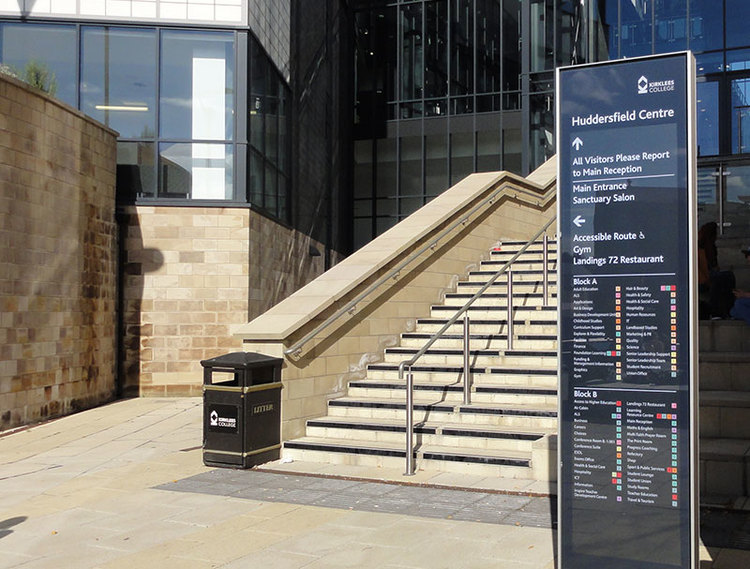The Unbreakable Rules of Successful Wayfinding Design
There is a certain set of proven rules that work for wayfinding design which has been developed by experts over the course of many years. Some date back thousands of years (the earliest roads date back to 5000 B.C. and were located in Eurasia).
Whether you are working to create a wayfinding plan (complete with directional signage) for an indoor or outdoor space, keep in mind the unbreakable rules that have stood the test of time.
Identify Landmarks
When each location is unique from those around it, getting from point A to point B is easy. This is because there are generally distinct landmarks within each location that people can use to identify.
When it comes to wayfinding design, landmarks are a powerful tool. They act as an orientation cue people use to find their way. Before modern navigation tools, sea vessels used to use certain formations of stars as landmarks to give them their bearings (this is how the constellations were born). Make sure to identify landmarks with your directional signs so people will always know their relative position based on their surroundings.
Create Pathways
Like a herd of cattle, people tend to follow the path that is set before them. It is easy to become lost when in an open space with no directional signage. When you create a pathway that has both a direction and a distinct beginning, middle and end, navigation becomes second nature.
Create easy-to-follow pathways from one landmark to the next and navigators will always know where they are going and how they will get there.
Place Signs at Decision Points
With multiple defined pathways leading from landmark to landmark, navigators will ultimately come across intersecting paths that lead toward multiple directions. These decision points are the perfect place for wayfinding signage systems.
Properly placed directional signs are integral to wayfinding success. These signs should guide navigators in the proper direction without complicating the process.
Make Navigating Intuitive
A well-placed directional sign will help a person get to where they are going with ease. A wayfinding system with too many options will only complicate the process. Navigating should be intuitive and effortless, and navigators should not be presented with too many decisions. There may be multiple ways to get to a certain location, but it should be up to the wayfinding system to present the best route at every decision point. Presenting too many options will only take away from the effectiveness of the entire wayfinding design.
Design is Only the Beginning
Wayfinding design is only the first step in the process. You also need high quality signs that are durable, elegant and easy to read. At Encompass, we manufacture signs that fit your wayfinding plan and be seamlessly integrated into any environment.
To learn more about our process and the materials we use, contact our team today.







